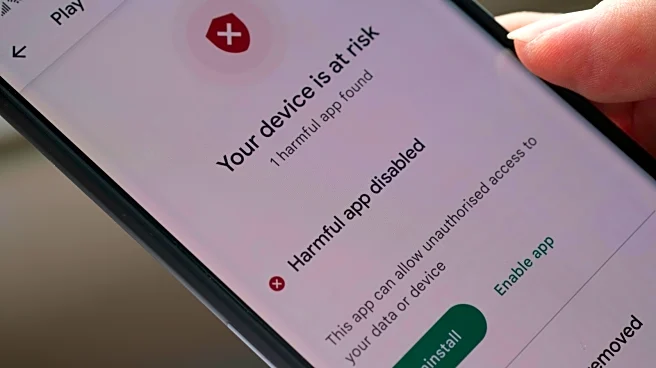What is the story about?
What's Happening?
A team from the Singapore University of Technology and Design has introduced a new 5G attack method that bypasses the need for a malicious base station. The framework, named Sni5Gect, allows attackers to intercept and inject messages in 5G communications by targeting the 5G New Radio (NR) technology. Unlike previous attacks requiring a rogue base station, this method exploits unencrypted messages exchanged between the base station and the user's phone before authentication. The attack can be initiated when a device reconnects to the network, such as after disabling airplane mode or passing through areas with poor signal. The researchers tested the attack on several smartphones, achieving high success rates in message interception and injection.
Why It's Important?
The introduction of the Sni5Gect framework highlights vulnerabilities in 5G networks that could have significant implications for mobile security. By enabling attackers to intercept and manipulate communications without complex setups, this method poses a threat to user privacy and data integrity. The ability to downgrade connections to 4G, which has known vulnerabilities, further exacerbates the risk. Mobile network operators and users may face increased security challenges, necessitating enhanced protective measures. The findings underscore the need for ongoing research and development to secure next-generation communication technologies.
What's Next?
The GSMA has acknowledged the findings and assigned an identifier to the attack, indicating industry recognition of the threat. As the Sni5Gect framework is available as open source, it may prompt further research and development in both offensive and defensive cybersecurity strategies. Mobile operators and device manufacturers are likely to explore solutions to mitigate these vulnerabilities, potentially leading to updates in network protocols and device security features. Stakeholders in the telecommunications industry may also engage in collaborative efforts to address these emerging threats.
AI Generated Content
Do you find this article useful?












